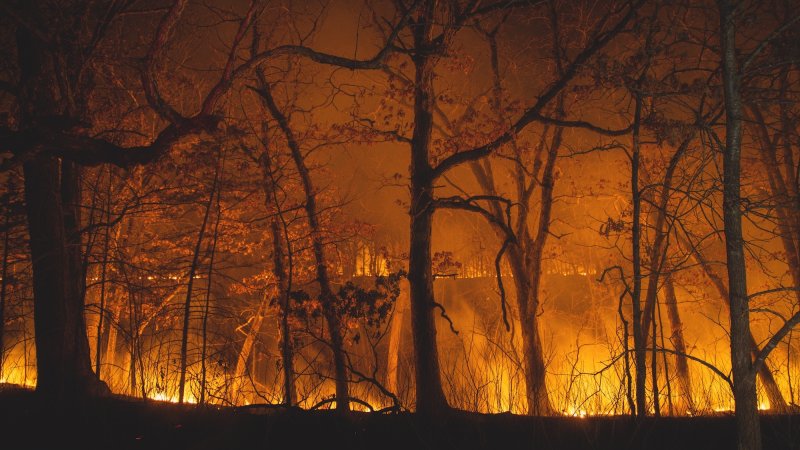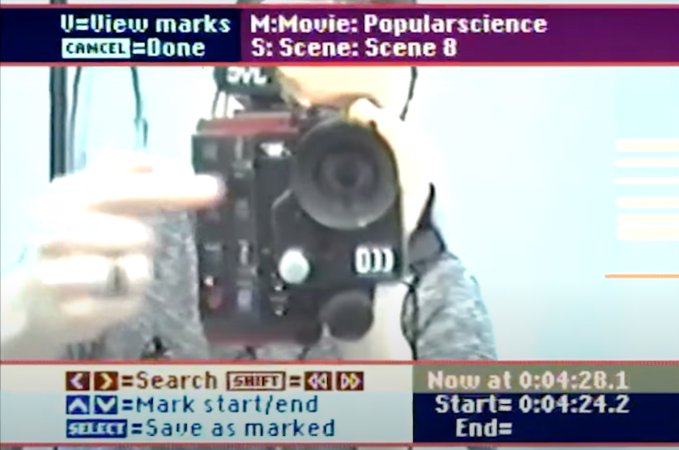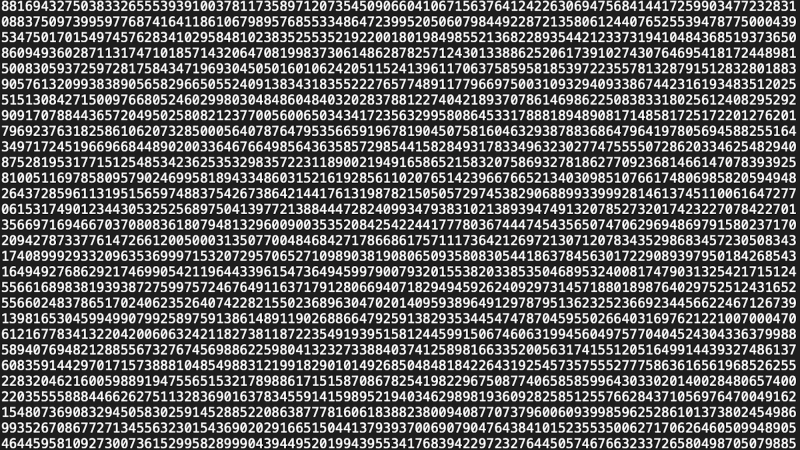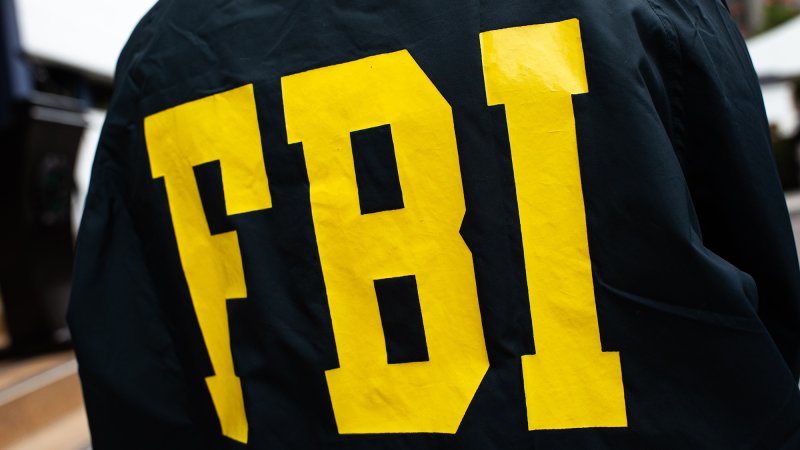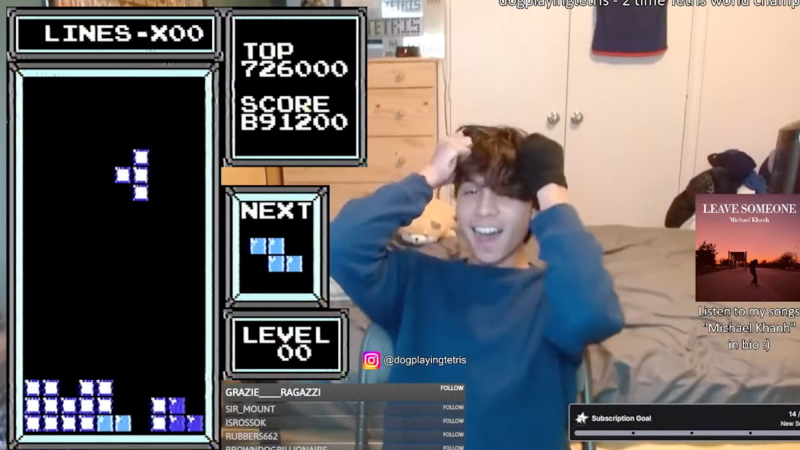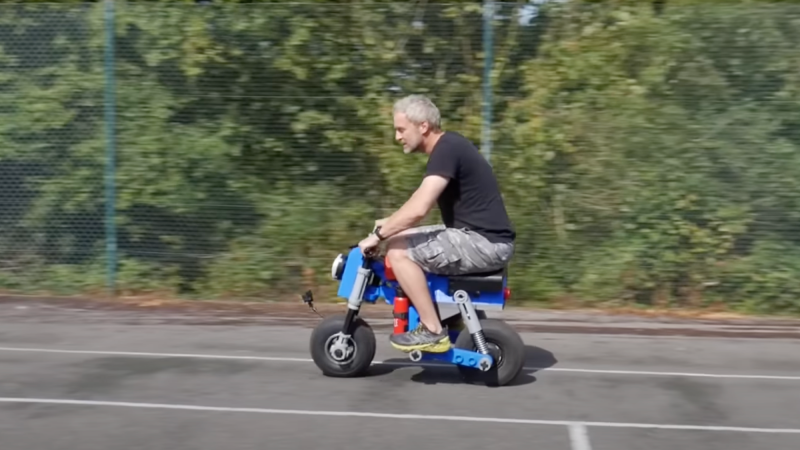Internet
What you need to know about the the information backbone of 21st-century life, from social media platforms to cryptocurrencies.
Explore Internet
Latest in Internet
Get the Popular Science newsletter
Breakthroughs, discoveries, and DIY tips sent every weekday.
By signing up you agree to our Terms of Service and Privacy Policy.






